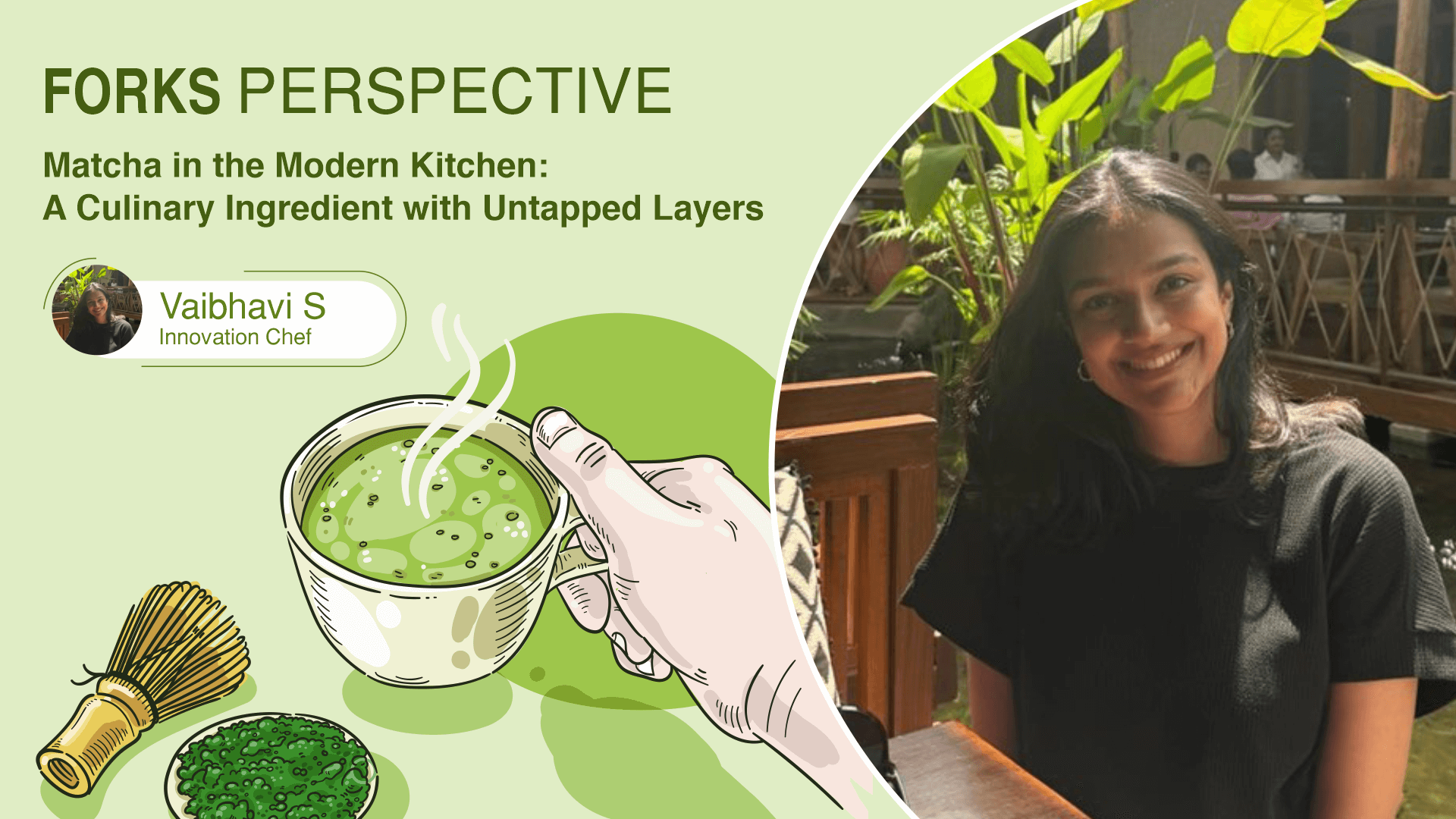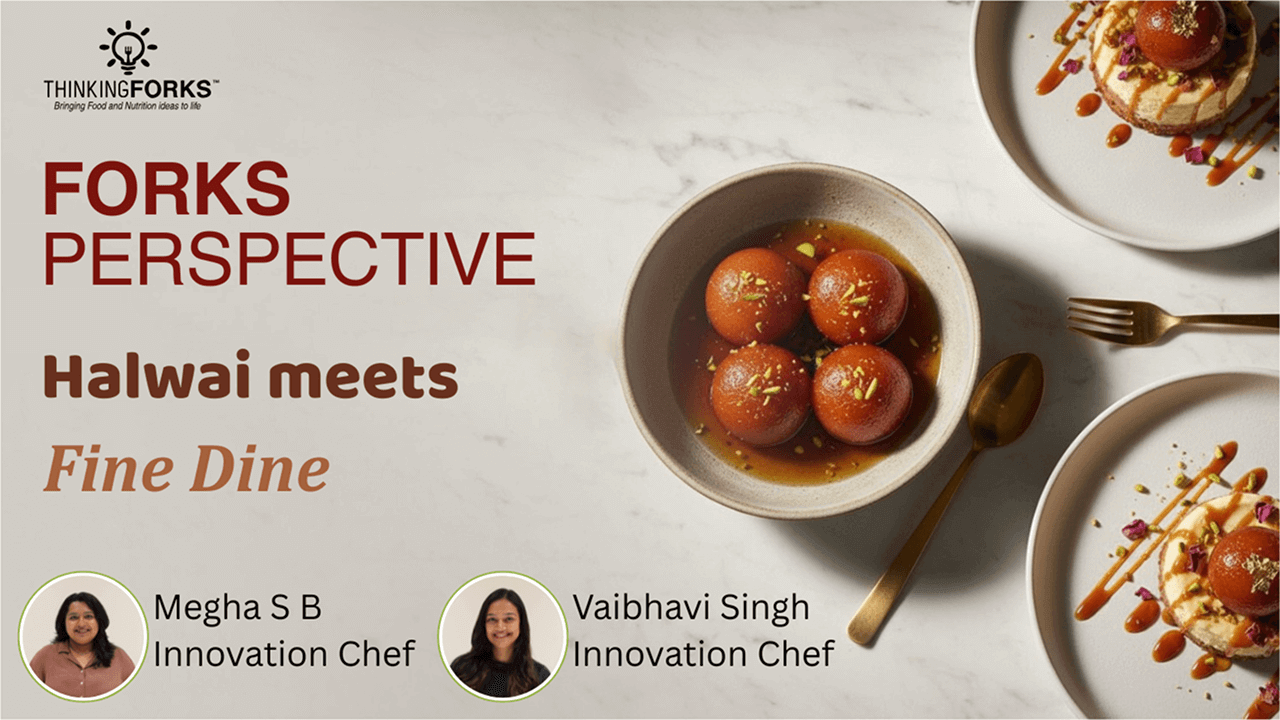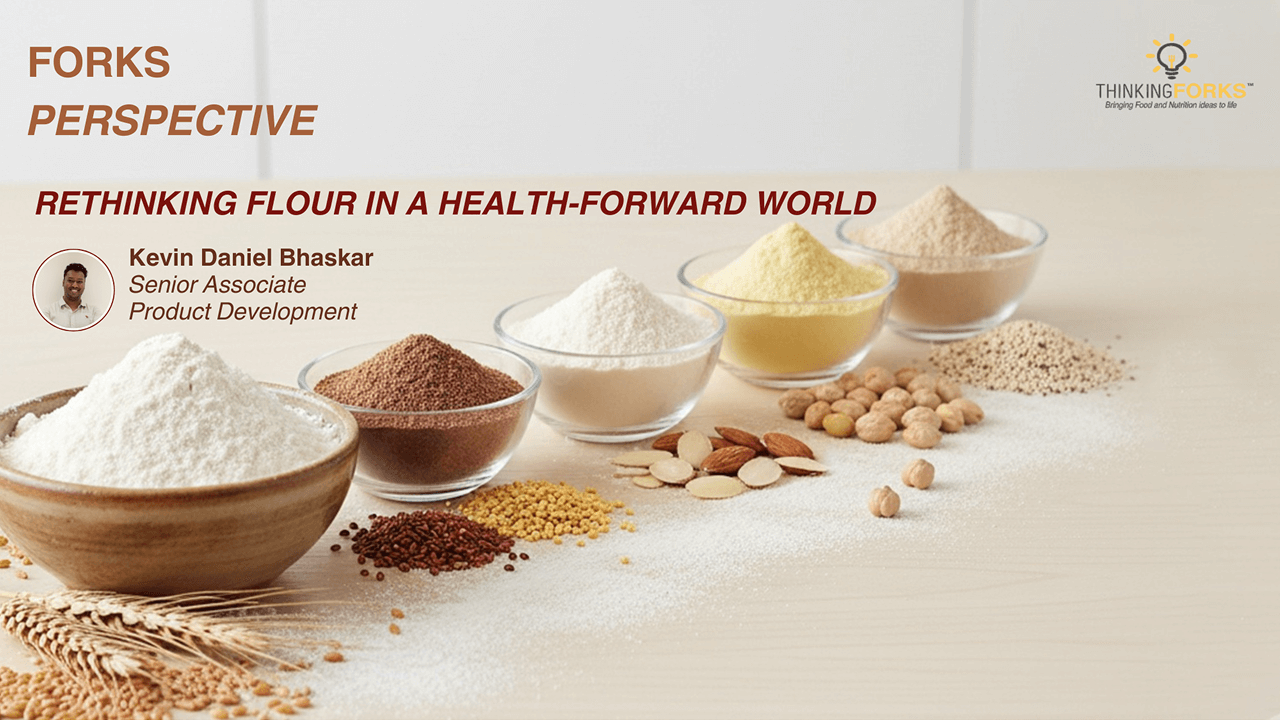There’s matcha the trend, and then there’s matcha the ingredient.
As someone who works closely with tea-based ingredients in the kitchen and behind the bar, I’ve seen both sides. The matcha latte boom may have popularised the powder, but the real magic of matcha goes far beyond foam art and pastel packaging.
In this blog, I want to take you behind the trend into what makes matcha special, how to use it in bold, unexpected formats, and where I think the future of this green gold is headed.
When you work with matcha closely, you realise just how much it brings to the table from its smooth, creamy, umami and subtly nutty flavour with a lingering sweet aftertaste, to its rich, velvety mouthfeel that works especially well in dairy or fat-based systems. That’s why it’s a favourite in indulgent formats.
It also naturally ties Into the wellness space, since you’re consuming the whole leaf meaning you get the full hit of antioxidants, caffeine, and calming L-theanine in every serving.
In contrast, other green tea powders can often taste more bitter or astringent, with a thinner mouthfeel and less visual appeal, usually presenting as a duller green or even khaki tone. While they can work in more functional or background roles, especially where cost or intensity isn’t a priority, they don’t offer the same flavour depth, creamy texture, or premium positioning that matcha does.
The use of matcha in baked goods is growing by the second. From corner bakeries to high-end patisseries, everyone seems to be experimenting with it in croissants, berliners, cookies, cakes, mousses, and even tiramisu. As a matcha enthusiast and chef, I find this incredibly exciting.
But as a bartender, I see even more untapped potential.
Matcha’s versatility opens the door to an entire world of flavour pairings with spirits and liqueurs, just waiting to be explored for that perfect marriage of caffeine and a tipsy twist. Many of these can be translated into innovative RTD (ready-to-drink) formats, possibly the first of their kind in the market.
Of course, not every matcha product lives up to its potential and here’s why.
Like any other artisanal ingredient, matcha demands a certain approach, one that respects its origins, quality, and handling. While the grade and sourcing of matcha are undeniably important, the true differentiator lies in understanding the ingredient itself.
Matcha, deeply rooted in Japanese culture as a ceremonial drink for centuries, carries with it a legacy of precision and ritual. To create a truly exceptional matcha product, one must first respect and grasp the integrity of the ingredient, its preparation, activation, and purpose.
In my opinion, that understanding is where most people go wrong and where the magic really begins.
Now for one of my favourite topics: matcha pairings.
Where do I start? Matcha is truly one of the most versatile flavours I have ever come across. In all its umami and earthiness, it pairs exceptionally well with most fruits of tropical origin like mango and lychee, tart berries like strawberry and blueberry, florals like lavender and elderflower, and umami characterisations like shiro miso or parmesan to name a few.
I could go on all day.
But in less, the colour and the creaminess of the matcha powder. The brighter green and creamier matcha is superior.
Finally, let’s talk about who’s ready for matcha and where the market is going.
Not all matcha is made equal, and not everyone’s ready for the real thing. But today, we’re seeing a sharp rise in people who get it: home bakers and brewers who care about quality, third-wave tea and coffee drinkers chasing umami over sugar, wellness lovers replacing caffeine crashes with calm focus, and chefs or bartenders who respect matcha as a true ingredient not just a trend.
What’s next?
Expect to see functional matcha drinks with adaptogens and probiotics, savory applications like broths, ferments, and glazes, elevated bar menus with properly emulsified matcha cocktails, and bold global fusions. We’re also heading toward single-origin, vintage-style ceremonial grades for tea connoisseurs.
Bottom line?
The future of matcha is smart, global, and rooted in craft and it’s only just getting started.




